When you are planning to buy a surround sound system, you will come across numbers like 2.1, 5.1, 7.1, 7.1.2, 9.1, etc. As you see them for the first time, you may begin to wonder what they are?
Regarding surround sound channels, the first number defines the number of main speakers. The second number defines the number of subwoofers, and the third number defines the number of "height" speakers.
Example surround sound numbers are 2.1, 5.1, 7.1, 7.1.2, 9.1, and beyond. When the number 5.1 is used, this means 5 main ear level speakers plus 1 subwoofer.
What Do The Numbers in Soundbar Channels Mean?
The First Number (ex: The “5” in 5.1.2)

The first number of a speaker system represents the number of normal-range speakers.
These will play bass, mid-range, and high frequencies. They’re meant to play sounds that are “level” with your ears when you’re seated.
The Second Number (ex: The “1” in 5.1.2)

The second number of a speaker system represents the number of subwoofers you’re using.
It is most common to see a 1, which means there is one subwoofer in the setup, but most AV receiver units can accommodate 2 subwoofers, which means you can add a second one if you want to take the sub-bass to the next level.
The Third Number (ex: The “2” in 5.1.2)

The third number of a speaker system represents the number of “height” speakers above your head.
As if two numbers weren’t enough, you may come across numbers like 7.1.2 or 9.1.2 in your home theater product search. While these numbers seem to be pretty complex, it simply is giving room to define “height” speakers in a home theater surround sound system. Height speakers are usually located in the ceiling of the home theater room, but they may also be upward-firing speakers.
Having them literally coming from above you is an huge boost to the cinema experience and if you can accommodate them, I strongly recommend it.
An additional point is that 2 sky channels are added to the normal 5.1-channel. This configuration can experience Dolby Atmos (What is Dolby Atmos?). The standard Dolby Atmos configuration requires at least a 5.1.2 channel system.
Stereo Systems: 2.0 and 2.1 Channel Soundbar
2.0 Stereo Speaker System

Image Source: thehometheaterdiy.com
2.0 means 1 left and 1 right channel speaker with no subwoofer. A 2.0 stereo system is a basic stereo setup with no surround sound and is typically used to listen to music.
2.1 Speaker System

Image Source: thehometheaterdiy.com
2.1 means adding a subwoofer to 2.0, you’ll get added bass and depth to your home theater sound system. The subwoofer only gets counted as one tenth of a channel, this is because it is not distinct sounds that come through the bass, but rather low frequency effects.
What Does A 3.1 Sound System Mean?

Image Source: thehometheaterdiy.com
A 3.1 sound system is a four-channel sound system that has three main speakers and a subwoofer. The speakers will consist of a left, a center, and a right speaker, positioned accordingly, and your subwoofer should be positioned on the floor in the center of the setup.
What Does A 5.1 Surround Sound System Mean?

Image Source: thehometheaterdiy.com
The 5.1 adds in two rear speakers to the mix. The new channels offer rear surround sound and with higher quality processing on even right and left channels. The 5.1 home theater system is a true surround sound system, and it is one of the most common home theater configurations. You’ll see it mentioned very frequently when browsing home theater products, and home theaters of all shapes and sizes rely on a 5.1 surround system for a great audio experience.
What Does A 7.1 and 7.1.2 Surround Sound System Mean?
7.1 Surround Sound System

Image Source: thehometheaterdiy.com
A 7.1 surround system includes all of the components of a 5.1 channel system and adds two inward facing side speakers. It is an eight-channel system and is commonly used in home theaters. In a 7.1 home theater surround system, the addition of two speakers in the rear gives an even more full, rounded sound experience. This is because the two side surround speakers won’t be responsible for both rear and surround sound.
7.1.2 Surround Sound System

Image Source: thehometheaterdiy.com
The 7.1.2 surround system simply means a 7.1 surround sound setup with the addition of two ceiling or upward-firing speakers. This setup is mostly created with the help of Dolby Atmos in-ceiling speakers.
This surround system is best used on a flat ceiling made of drywall or plaster, and the height of the ceiling shouldn’t be more than 14 feet. This is a higher-end home theater experience.
7.2 Surround Sound System

Image Source: thehometheaterdiy.com
A 7.2 home theater surround system is becoming a more widely used surround sound speaker layout, and more receivers are starting to support this configuration. It has all of the elements of your 7.1 surround sound setup, but you are adding one more subwoofer. For a receiver to support this configuration, it will need to have two subwoofer outputs.
While some people are happy with just one subwoofer, others use the 7.2 set up to balance the bass in the home theater. Instead of having loud or soft bass in different parts of the room, the bass is evenly distributed, and no matter where you’re sitting, you’re getting the same bass experience.
9.1 and 9.1.2 Surround Sound Systems: The Ultimate Surround Sound Experiences
9.1 Home Theater Surround Sound System

Image Source: thehometheaterdiy.com
The 9.1 home theater surround system is a ten-channel surround sound system. The 9.1 (9+1) means including nine speakers and one subwoofer. In addition to the components included in the 7.1 home theater surround system, the 9.1 surround sound also includes two front height speakers. The front height speakers are placed in the front of the room. For the optimal sound, they should be about three feet above your left and right front speaker and face directly at the listener.
This is a very high-end home theater surround sound setup, and it is not as typical as 7.1, 5.1, or lower. This is used by highly dedicated home theater gurus, but it also may be achieved by slowly adding components to your home theater system.
9.1.2 Home Theater Surround Sound System

Image Source: thehometheaterdiy.com
A 9.1.2 home theater surround system has a slightly different setup than the 9.1 home theater system. While you may think that you’ll be simply adding two ceiling or upward-firing speakers to the 9.1 surround system configuration, you’re actually going to have two front wide speakers, instead of the two front height speakers – in addition to the two ceiling or upward-firing speakers.
The total components include a left and right front speaker, a center speaker, a subwoofer, a left and a right front wide speaker, a left and a right surround speaker, a left and a right rear speaker, and a left and a right ceiling speaker.
Conclusion
In simple terms, the different numbers correspond to the number of devices for speaker channels. As the number of available channels increase in multichannel audio soundtracks, it will greatly enhance our home theater experience.

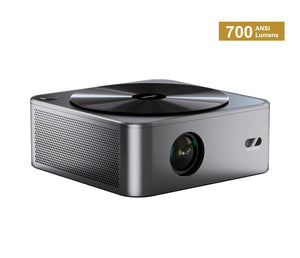
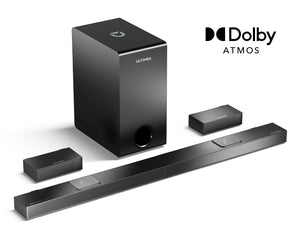



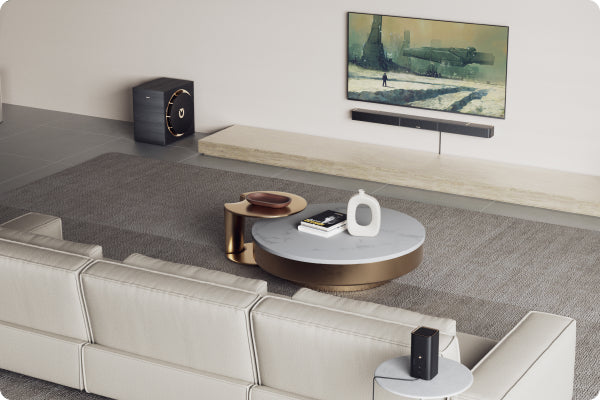
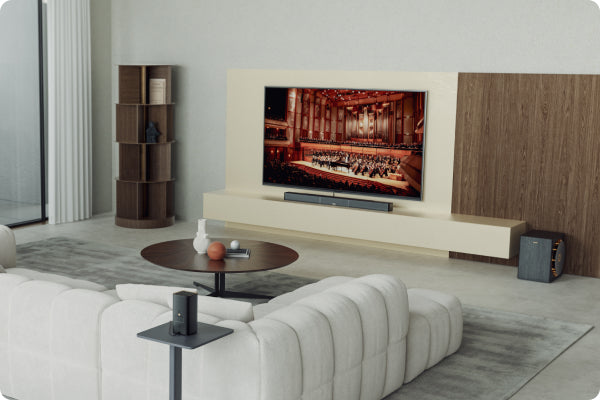
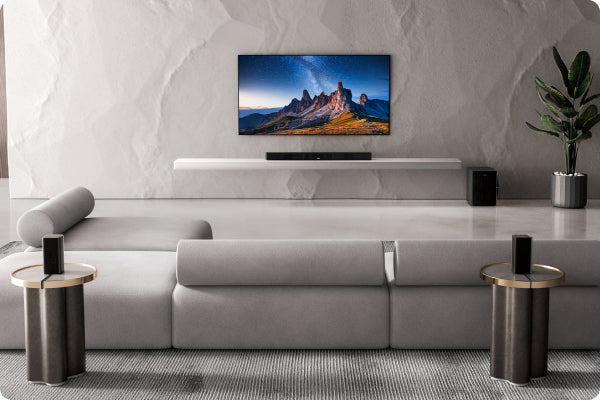

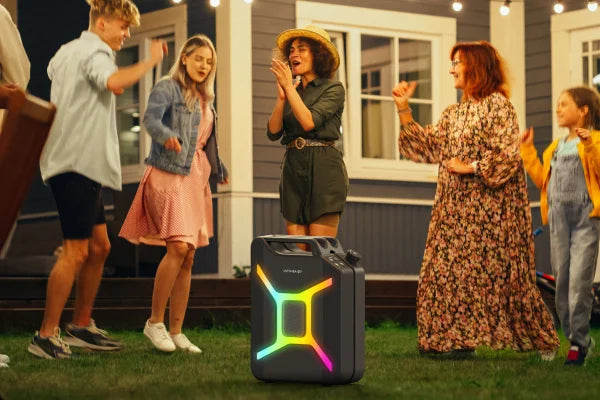
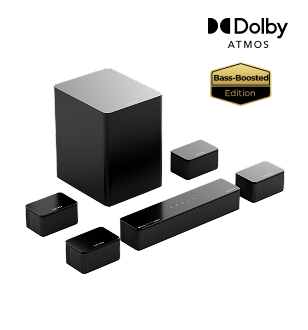
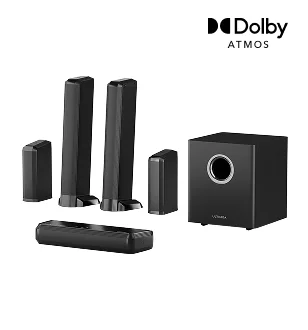
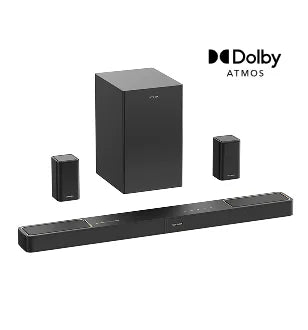

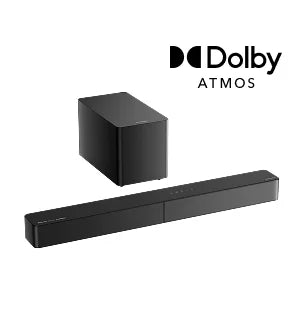




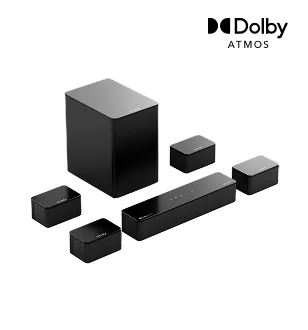

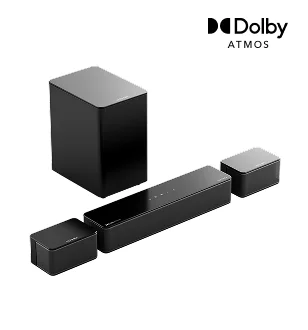

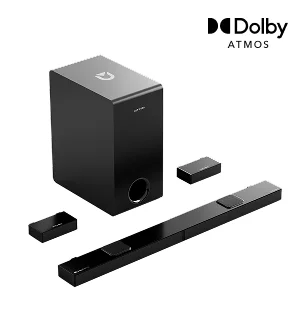
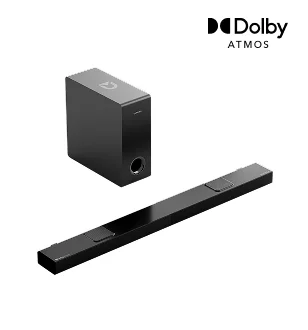
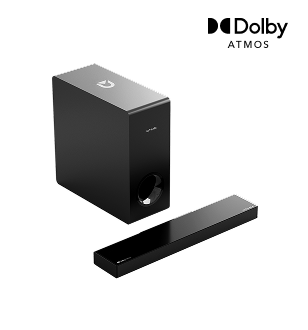
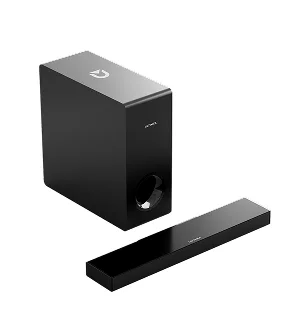
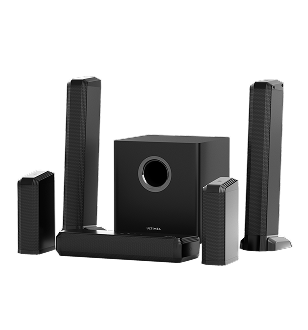
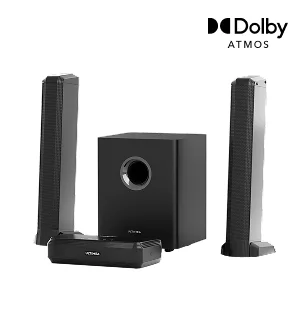

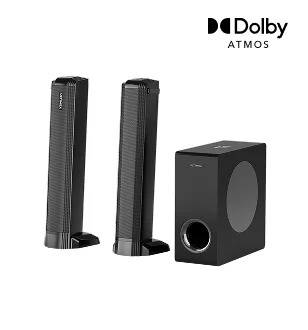
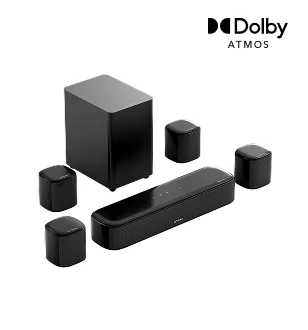
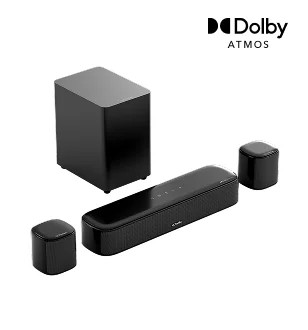
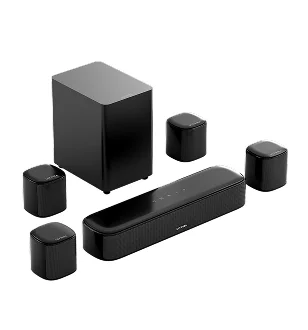
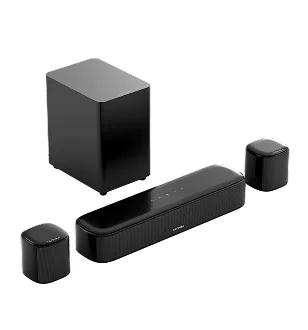
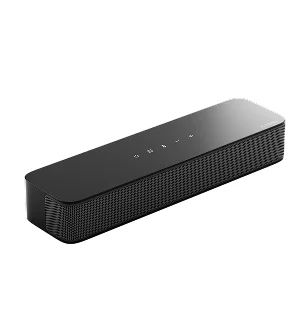
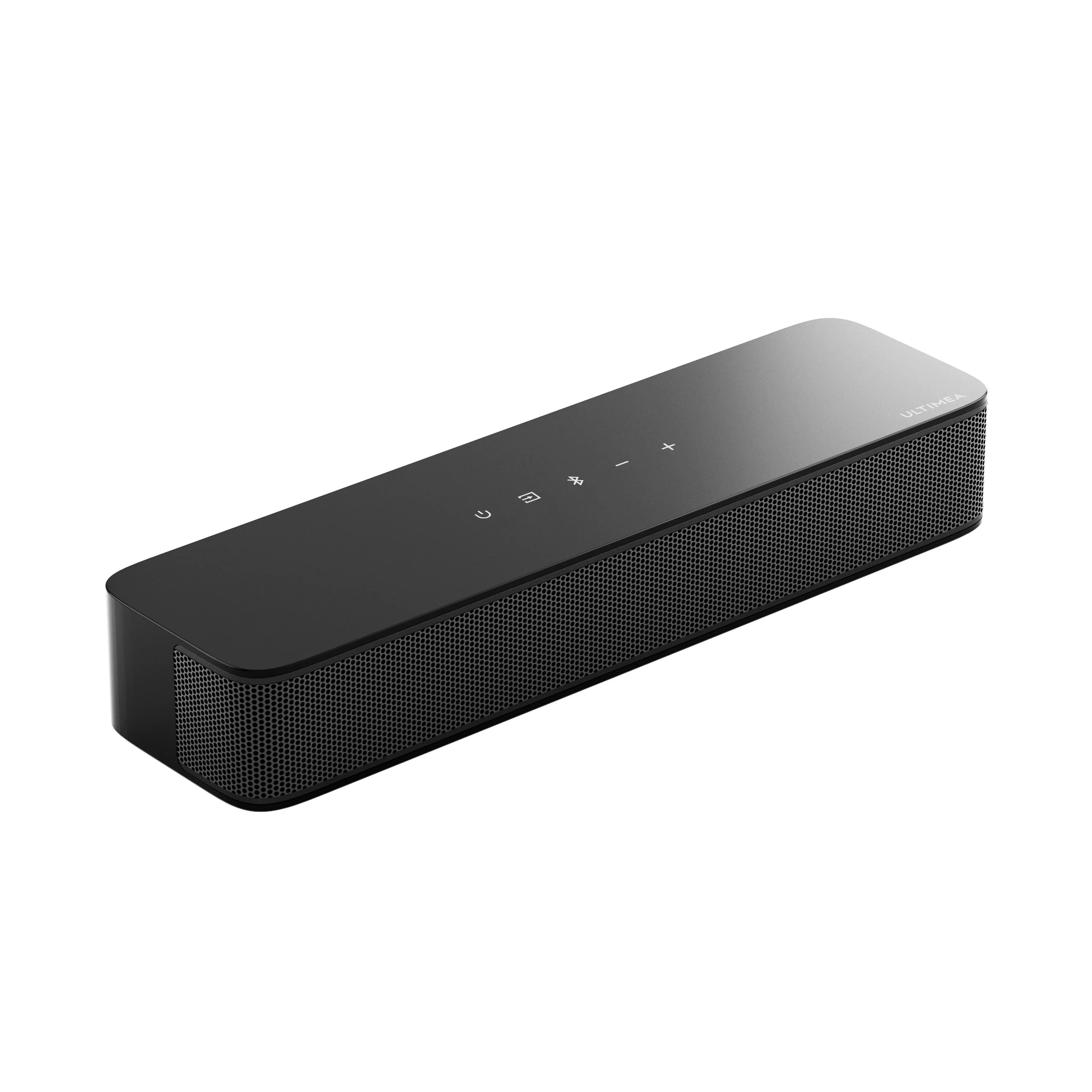



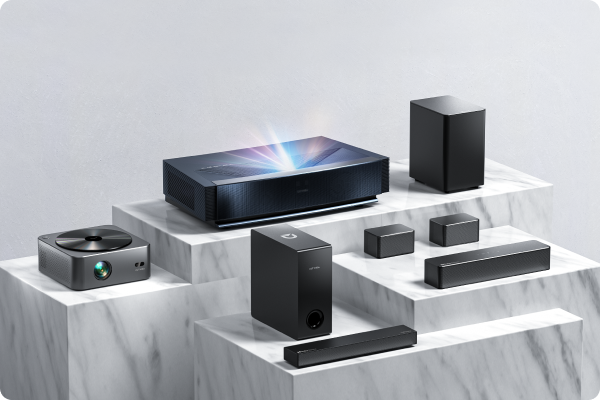

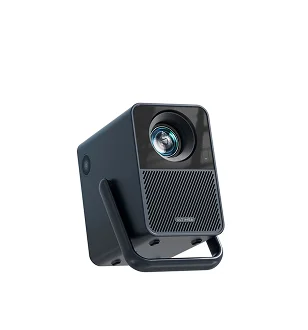
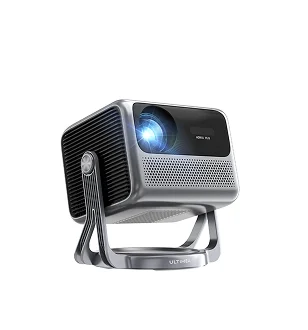
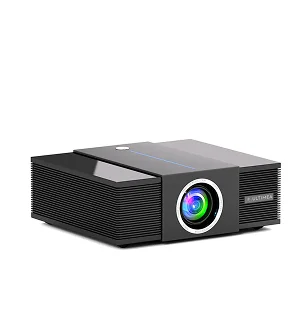

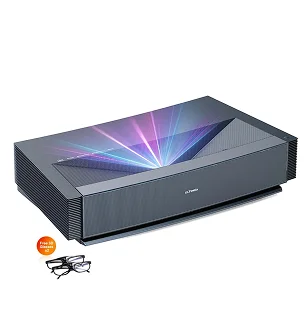



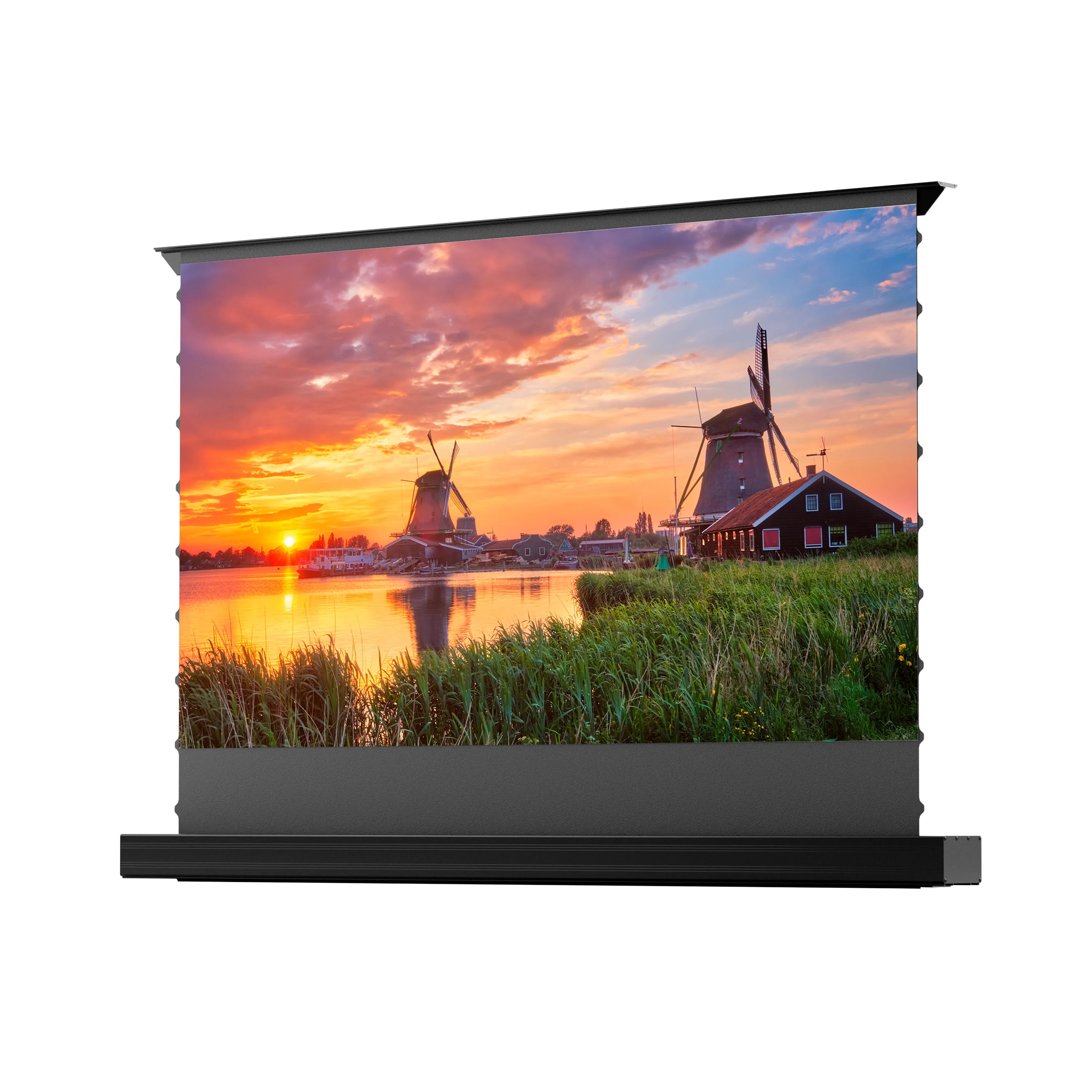

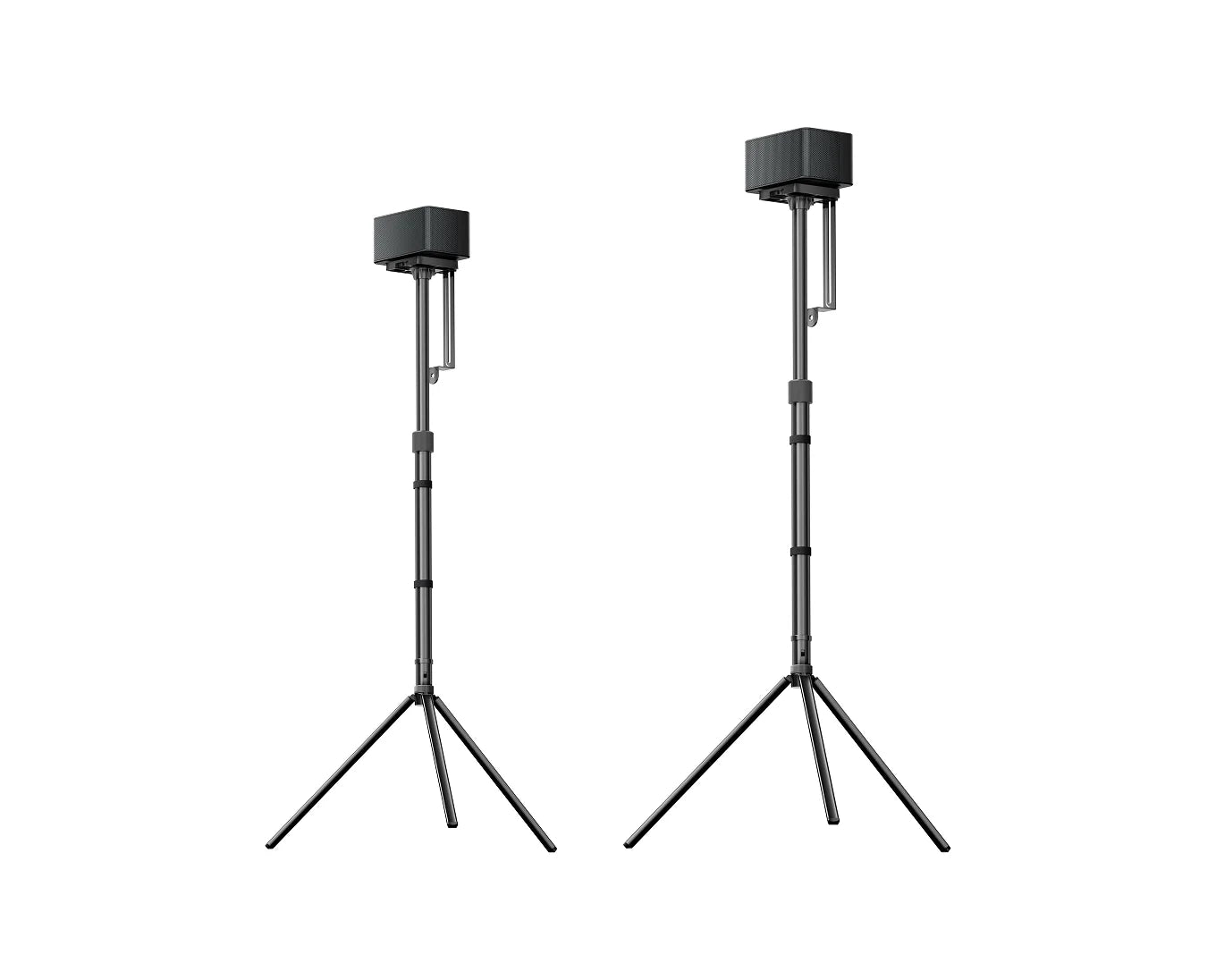
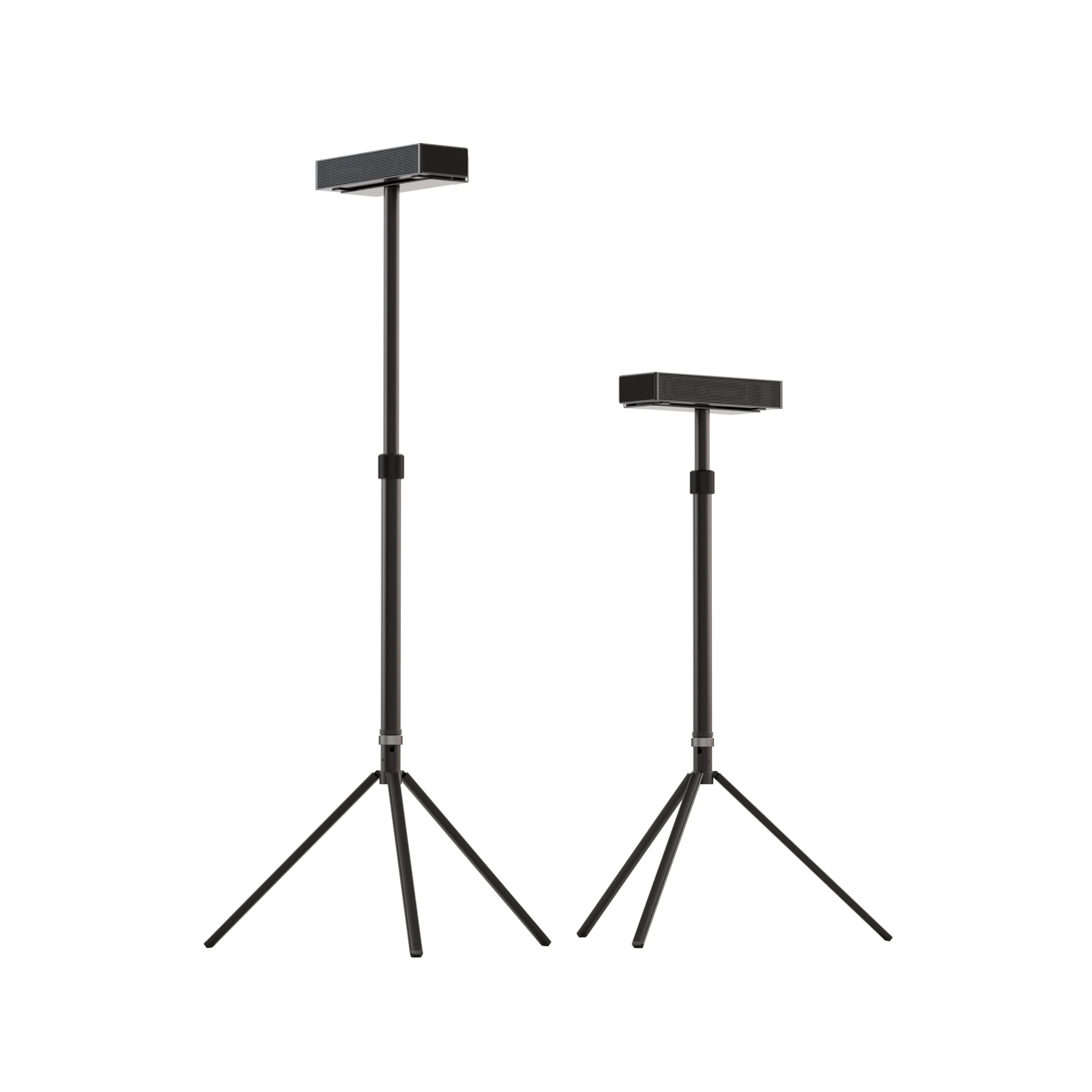

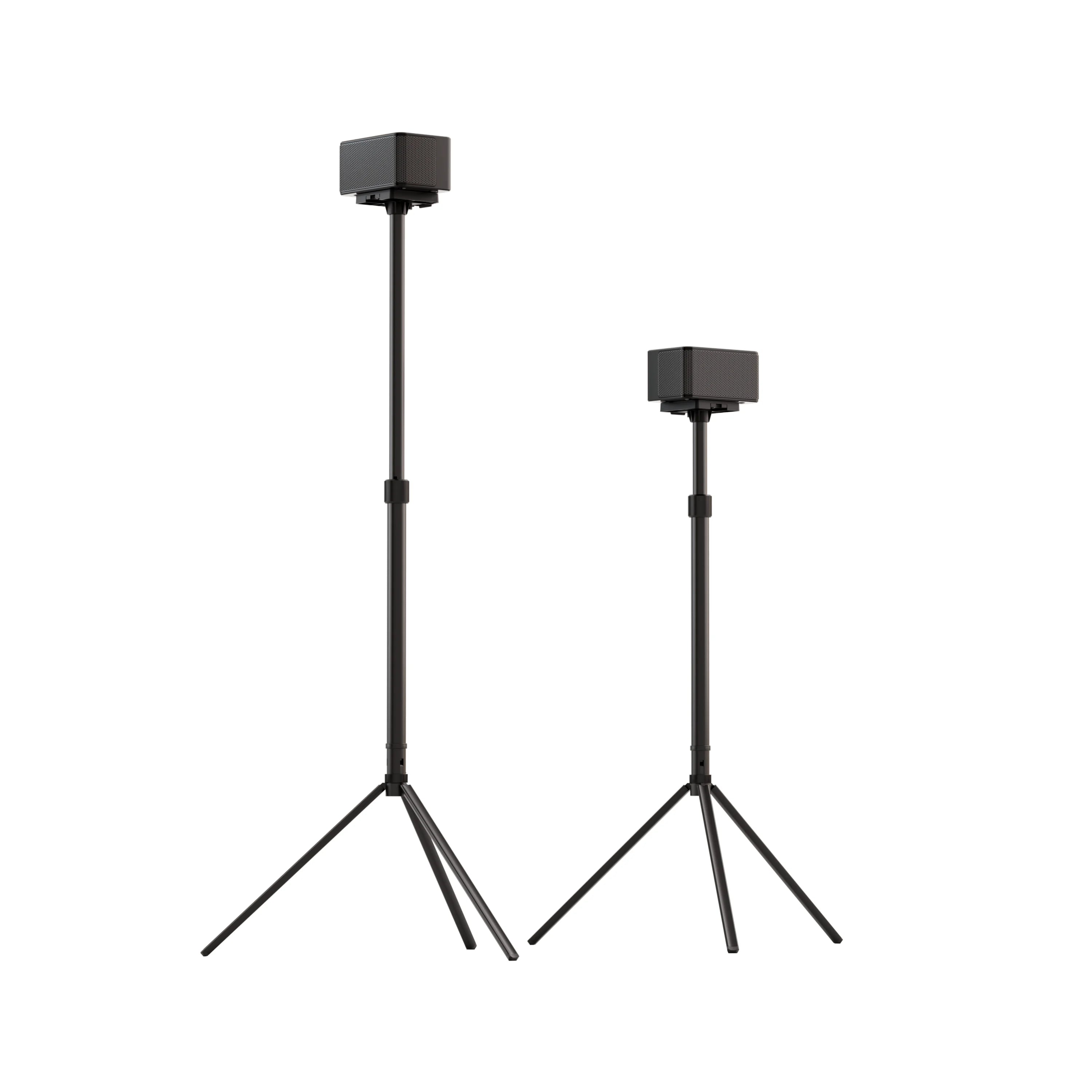

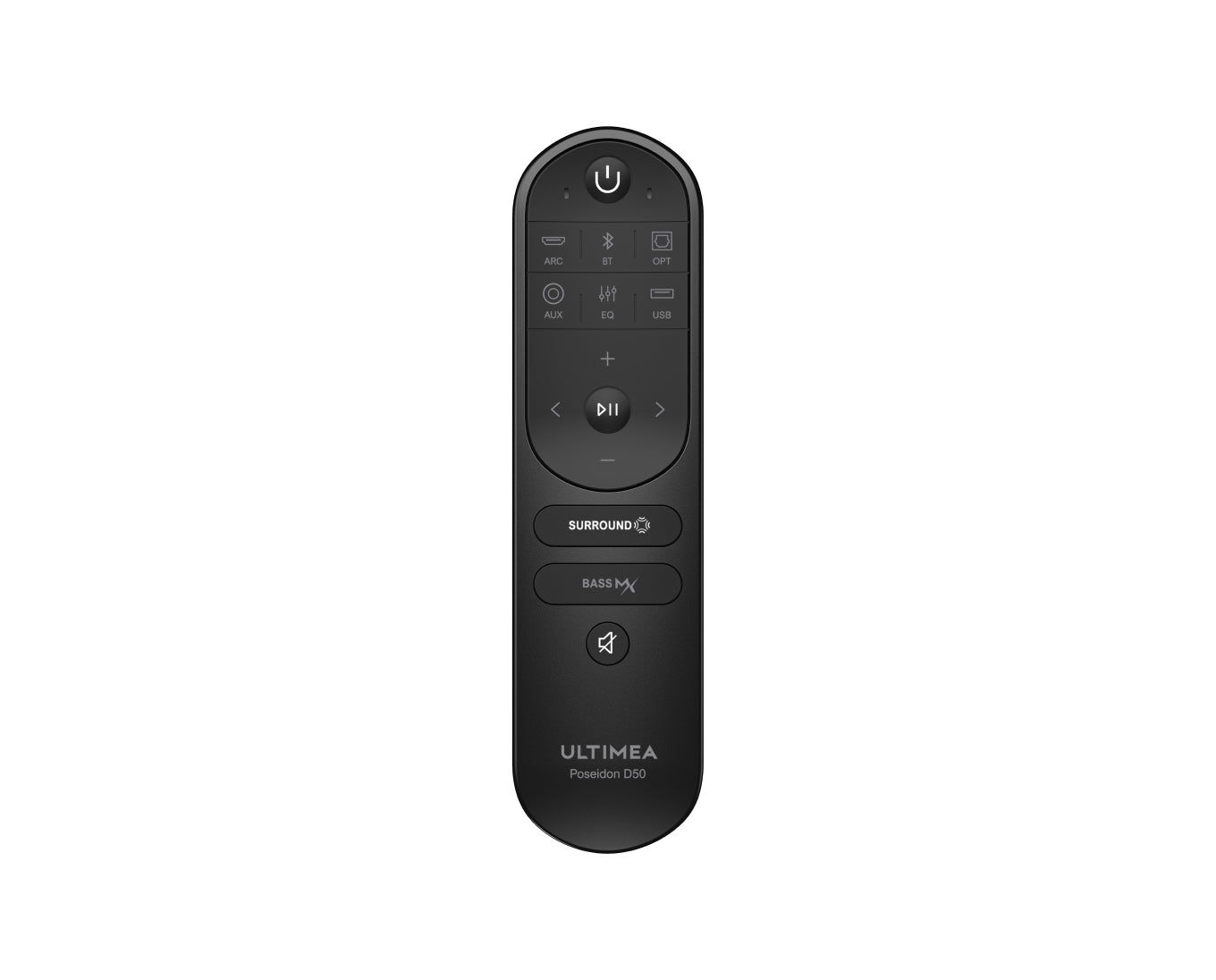
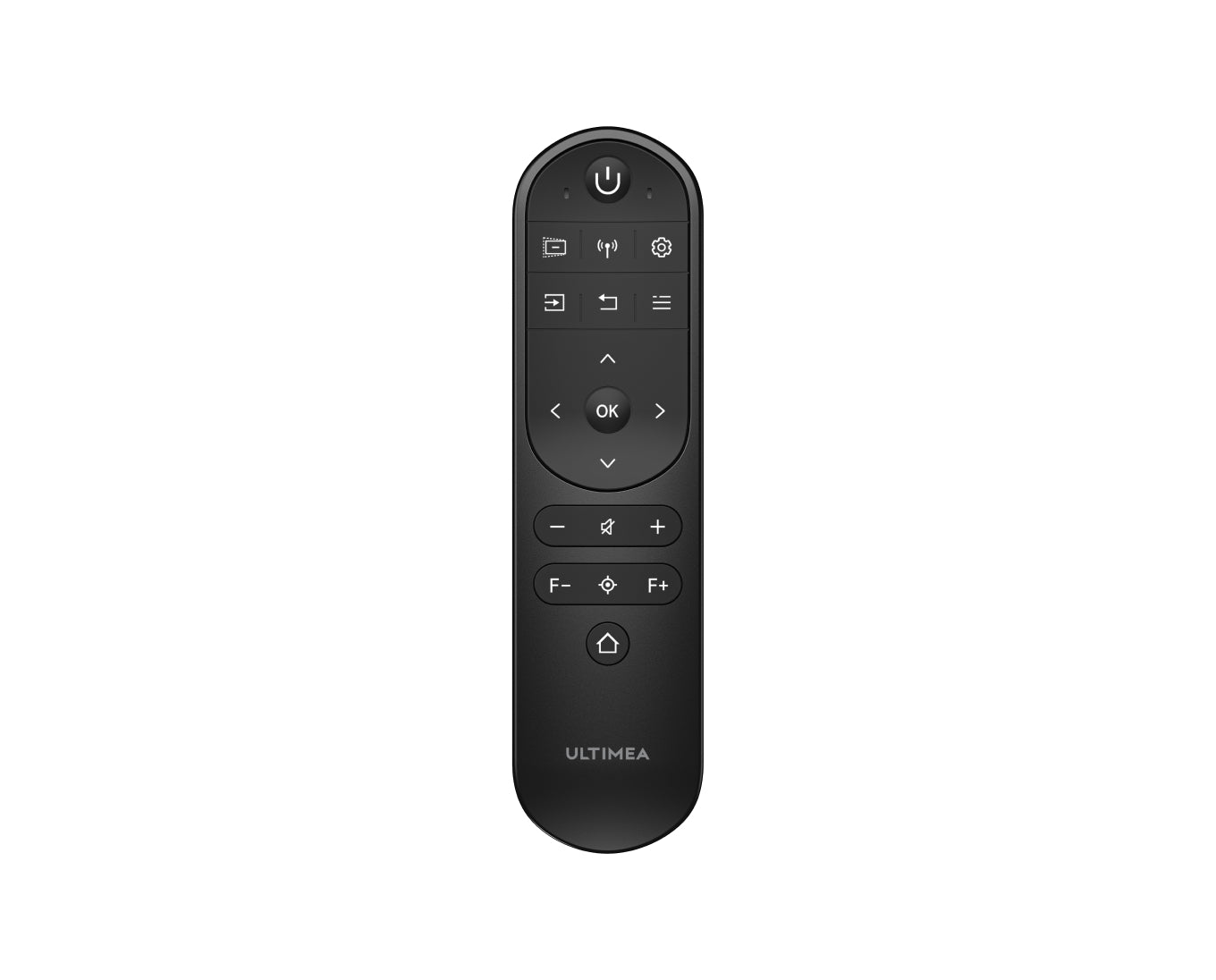
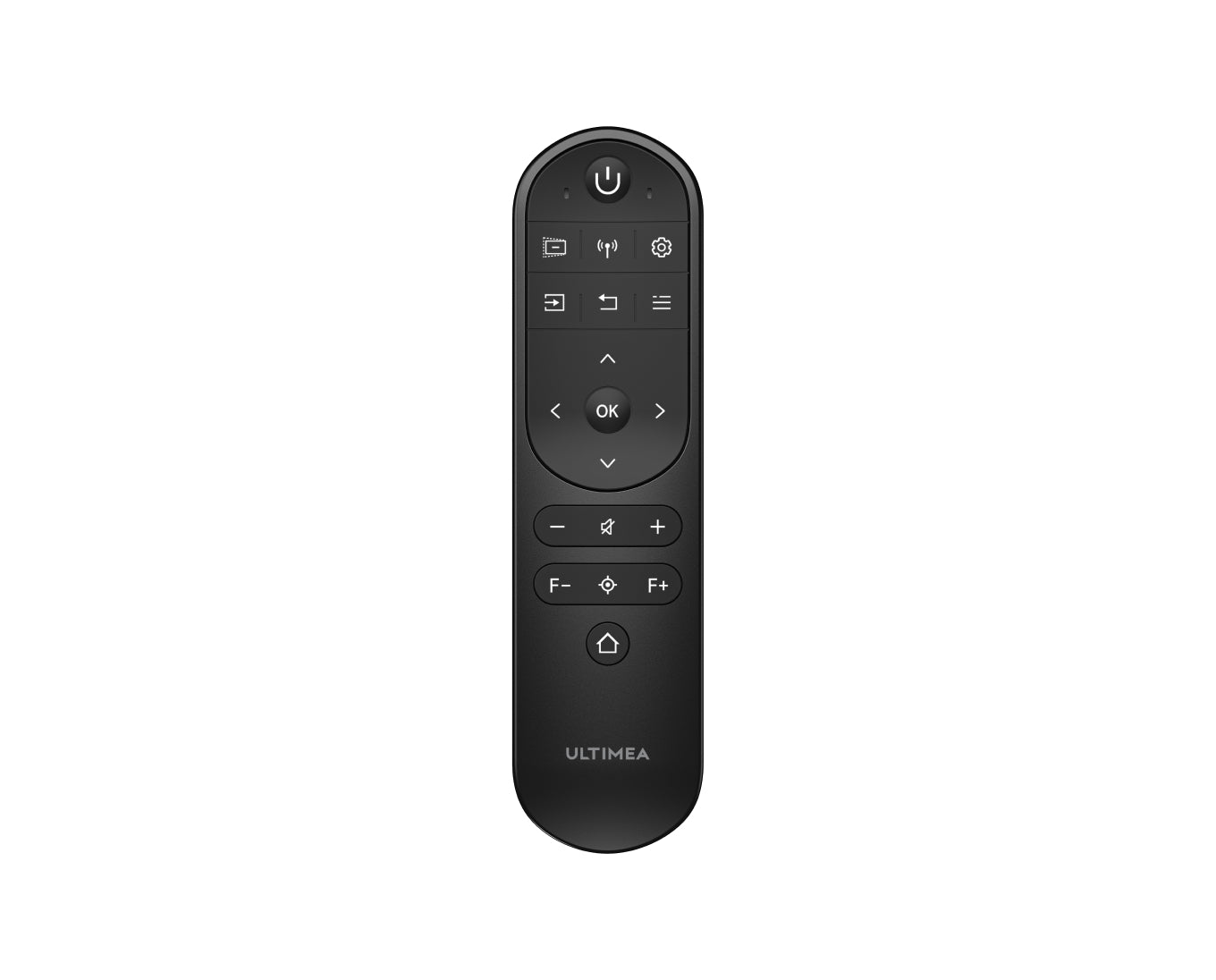





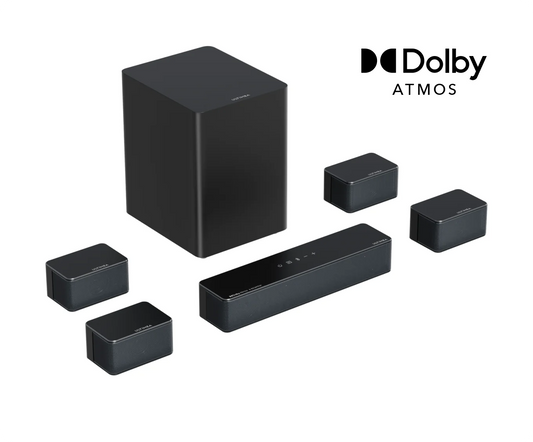



Comment (1)
This was very helpful
It just proves the use of your information and the way it was explained was excellent work